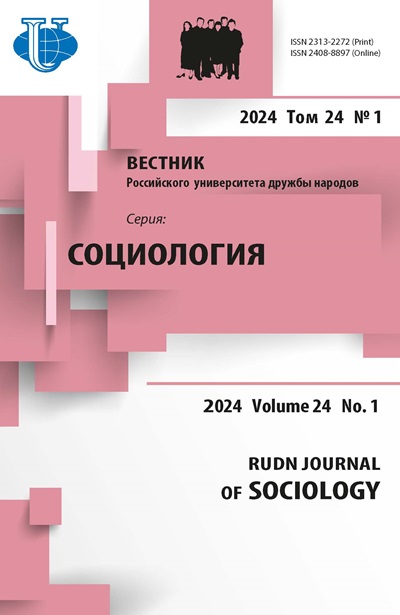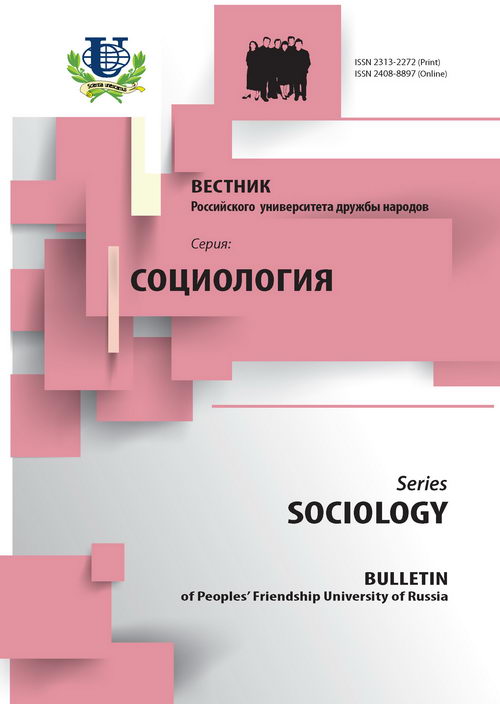Key features of the public associations and civil activists’ cooperation
- Authors: Sokolov AV1
-
Affiliations:
- Yaroslavl State University named after P.G. Demidov
- Issue: No 4 (2014)
- Pages: 108-121
- Section: Articles
- URL: https://journals.rudn.ru/sociology/article/view/6076
Cite item
Full Text
Abstract
The article presents the results of the study of the public associations and civil society activists’ cooperation for solving social problems. The results of the expert survey in 12 regions of the Russian Federation show that the cooperation/coalition/partnership of public organizations, NGOs and civil society activists is an effective tool for solving social problems. The author identifies two main factors promoting interaction of public associations and civil activists: the interconnectedness of issues relevant for different organizations and activist groups as well as presence of strong leaders who can unite social organizations, NGOs and civil society activists. The research showed the main obstacles for the development of interaction in social activities: low level of initiative, limited resources, lack of a common goal, and the governing bodies’ opposition to the citizens’ activities. The article analyzes general features of coalitions of public organizations, NGOs and civil society activists (such as number of leaders and partners, principles of organization, etc.) as well as the factors responsible for the collapse of coalitions (low level of initiative and activity of citizens, solution of the problem that gave rise to the coalition, limited resources, conflicts inside the coalition, etc.).
About the authors
A V Sokolov
Yaroslavl State University named after P.G. Demidov
Email: alex8119@mail.ru
Chair of Social and Political Theories
References













